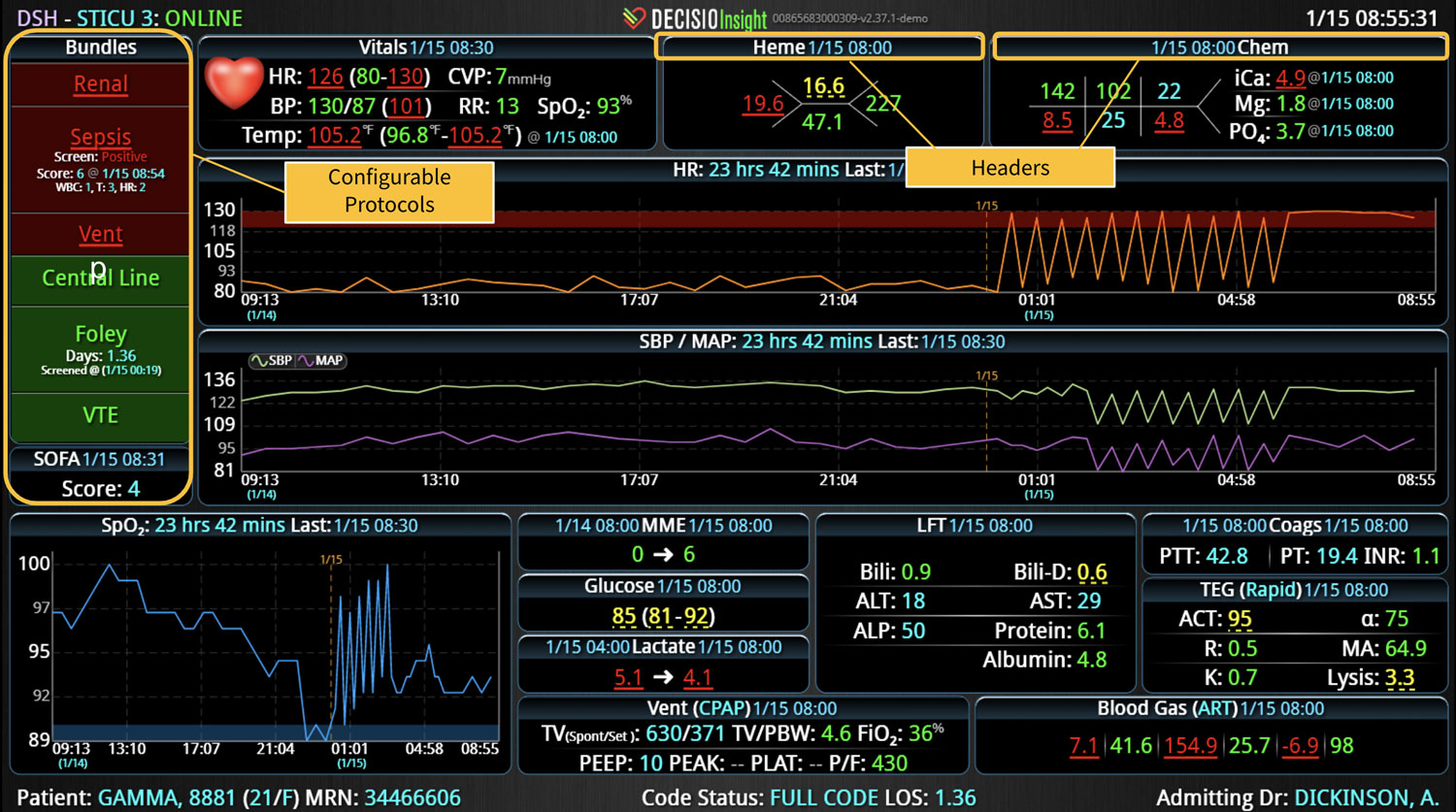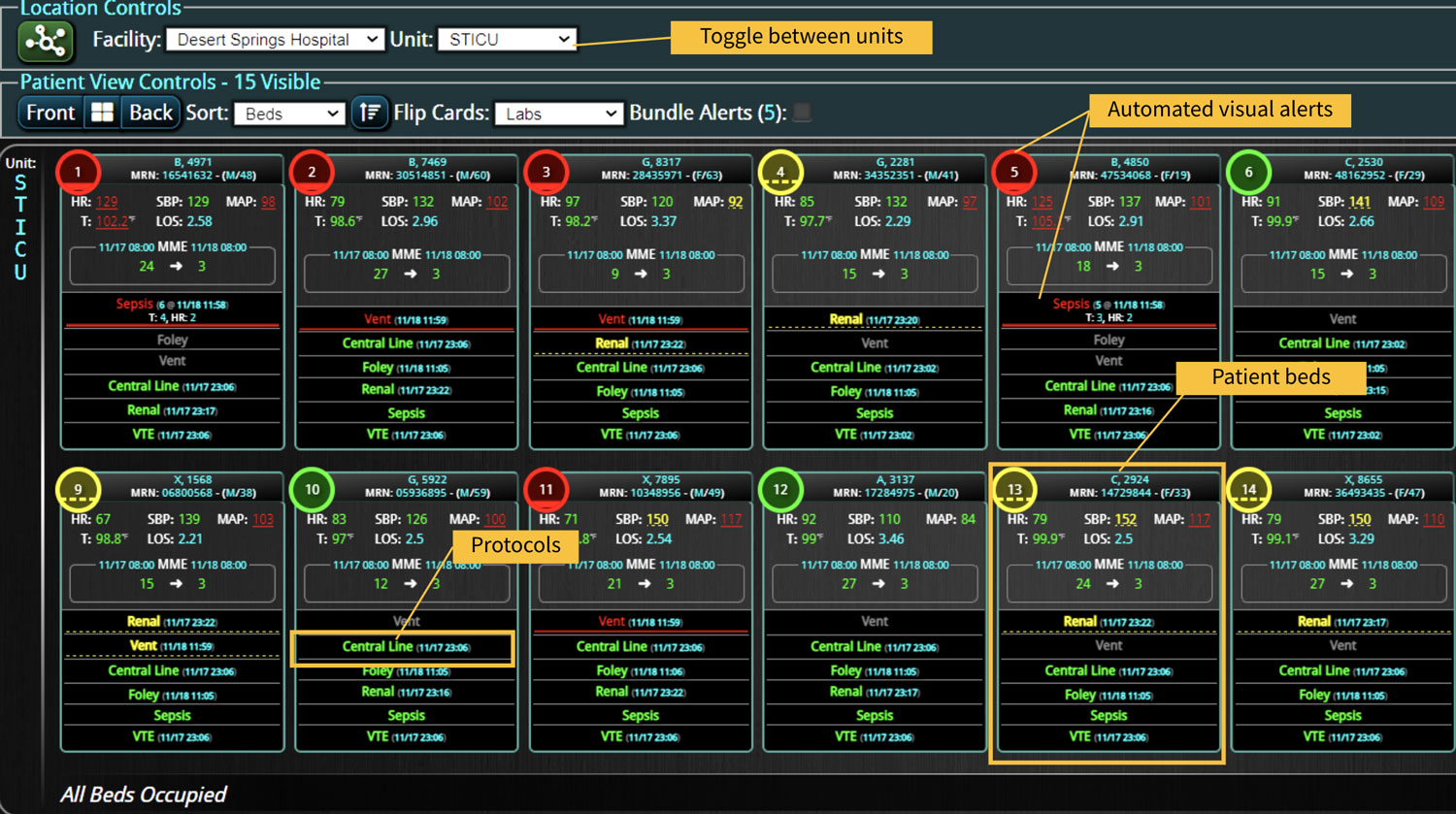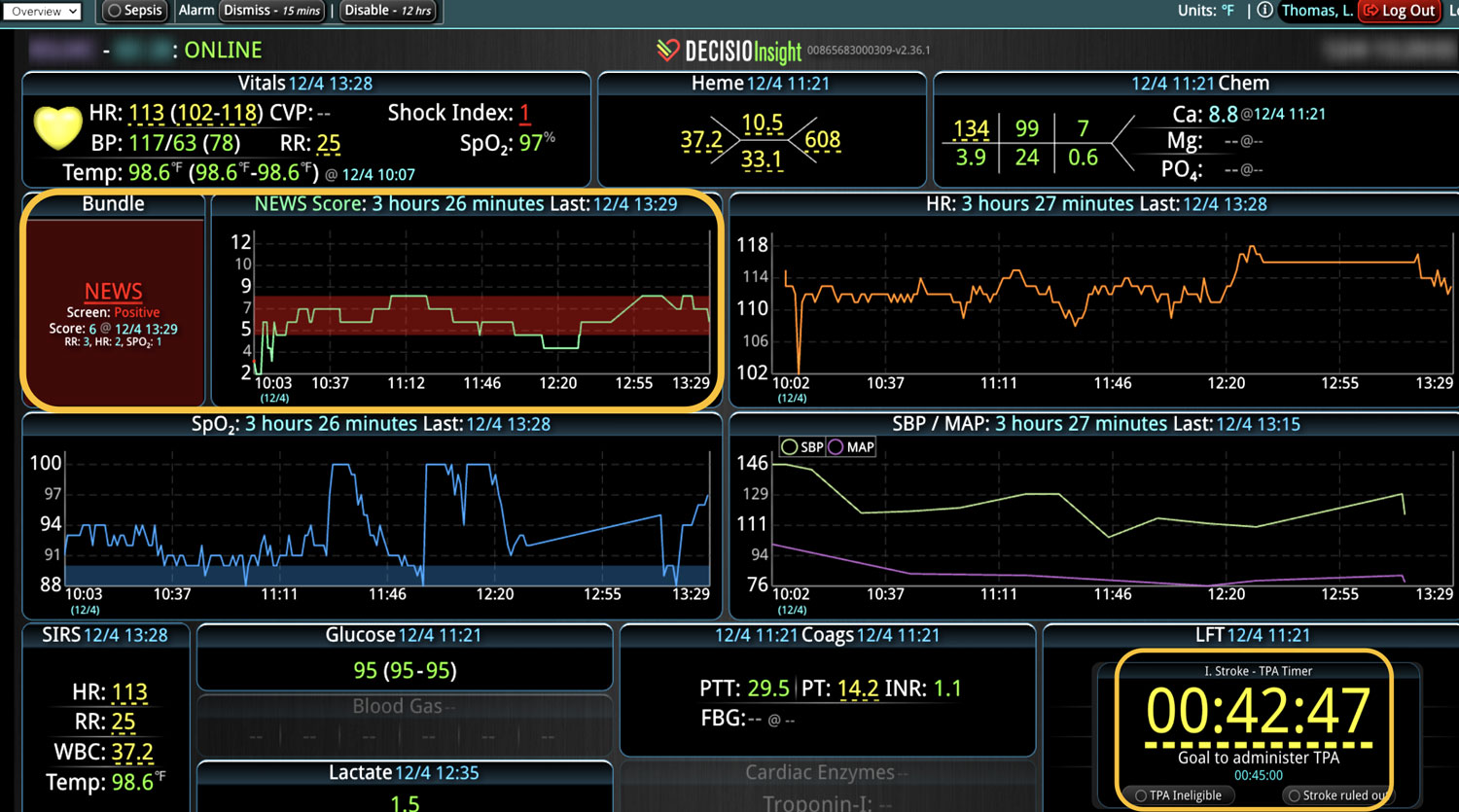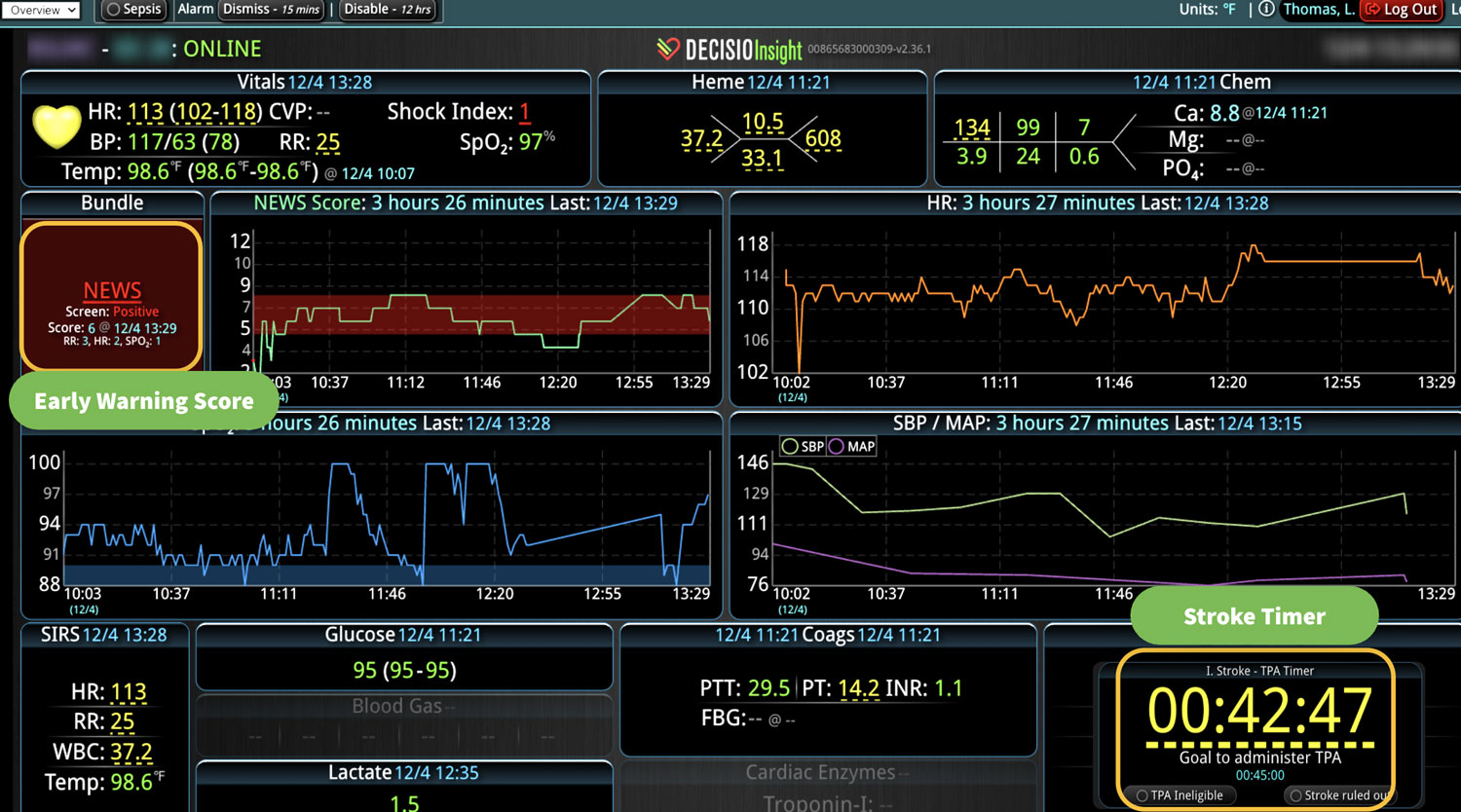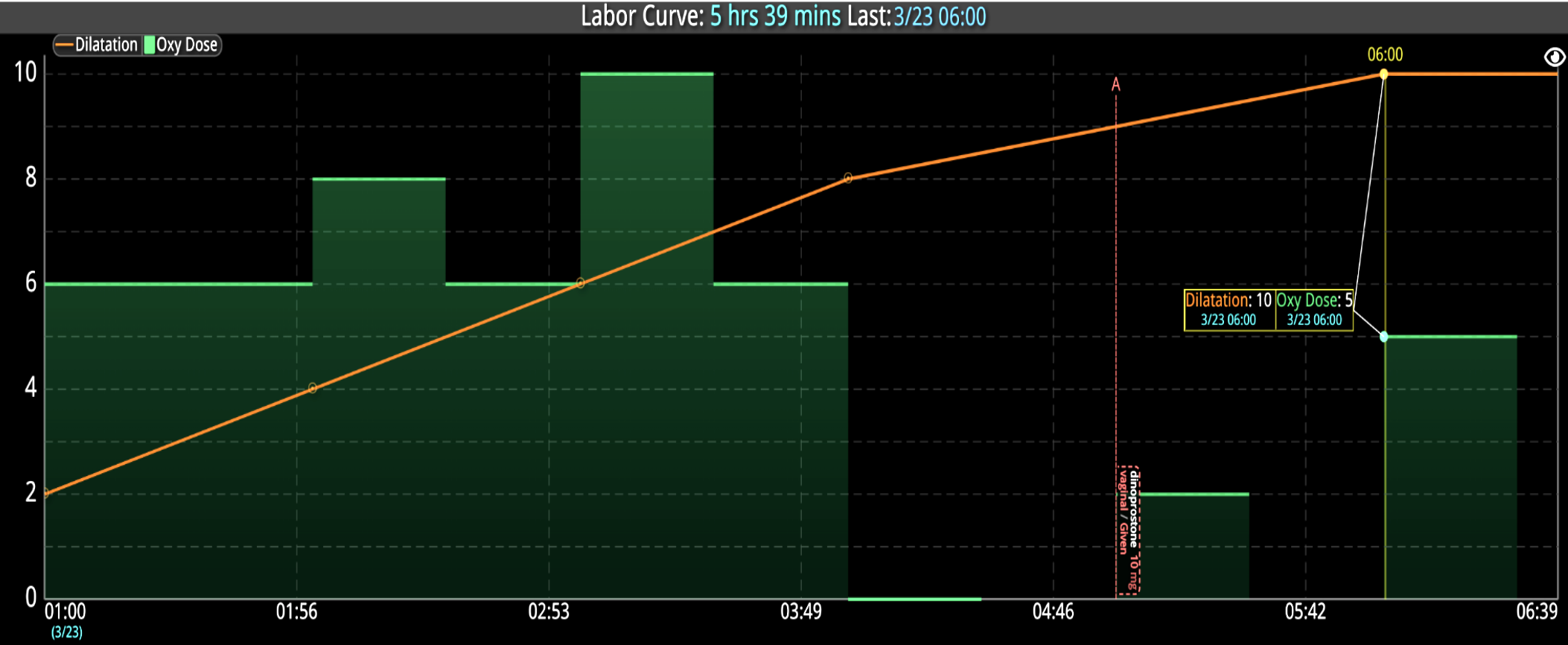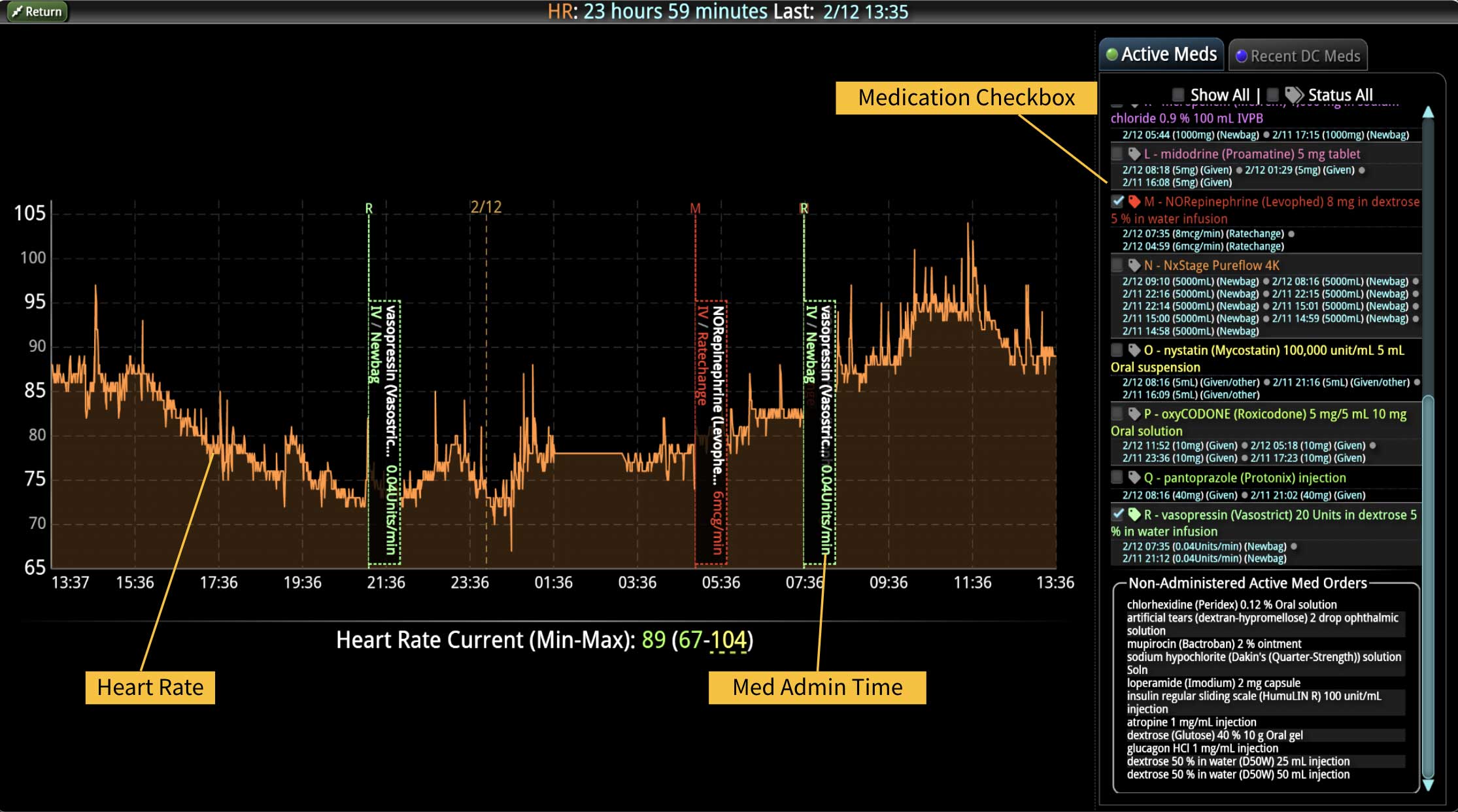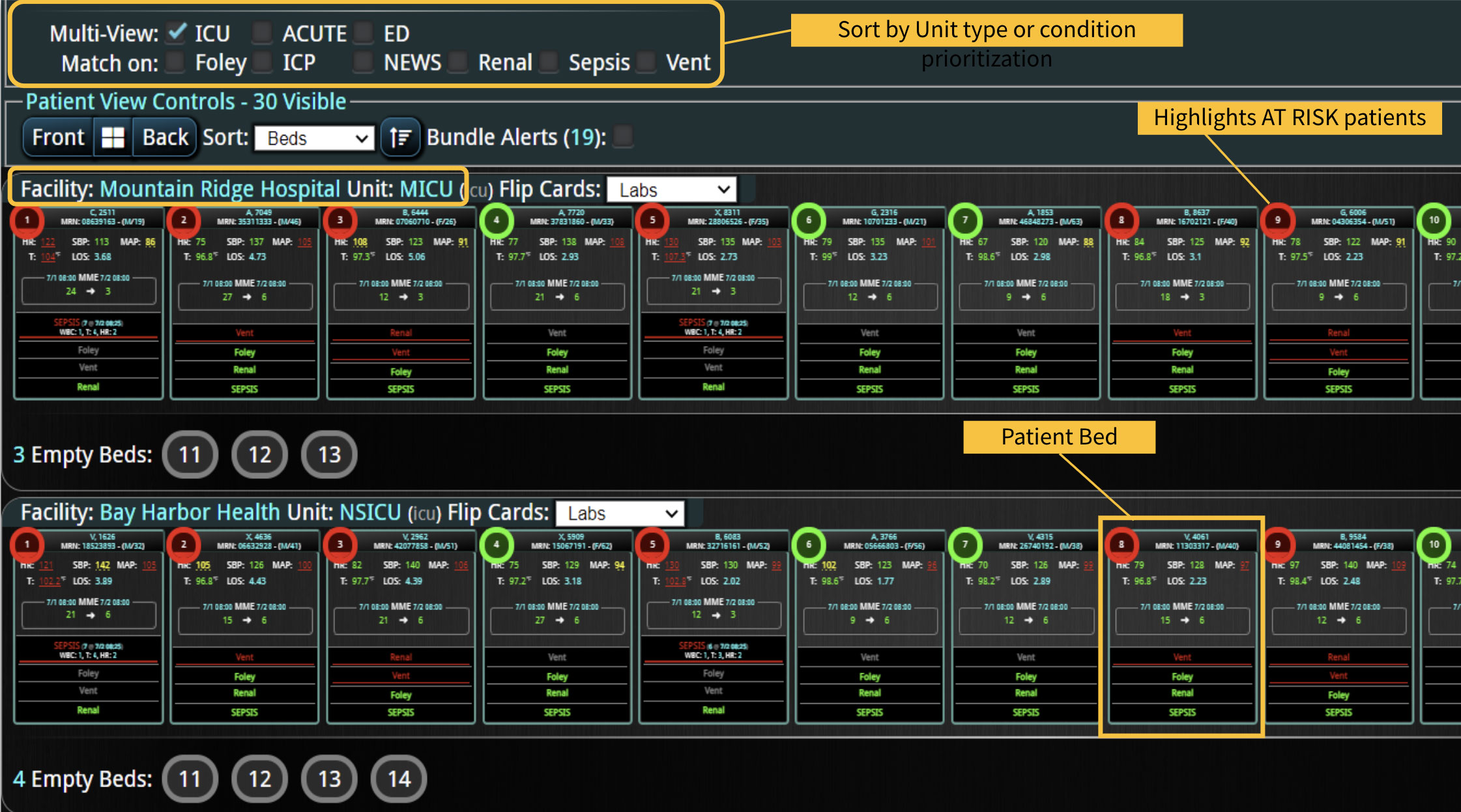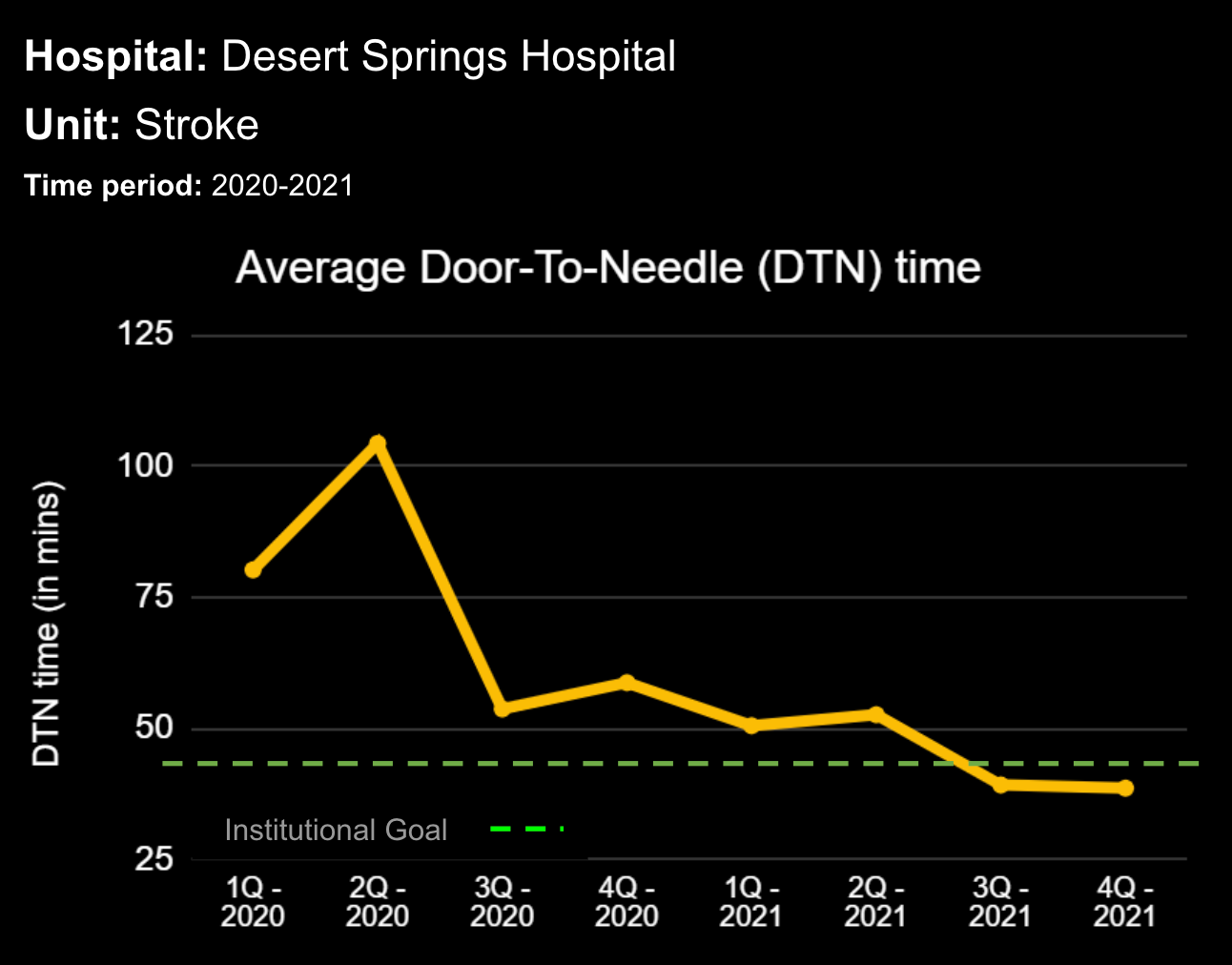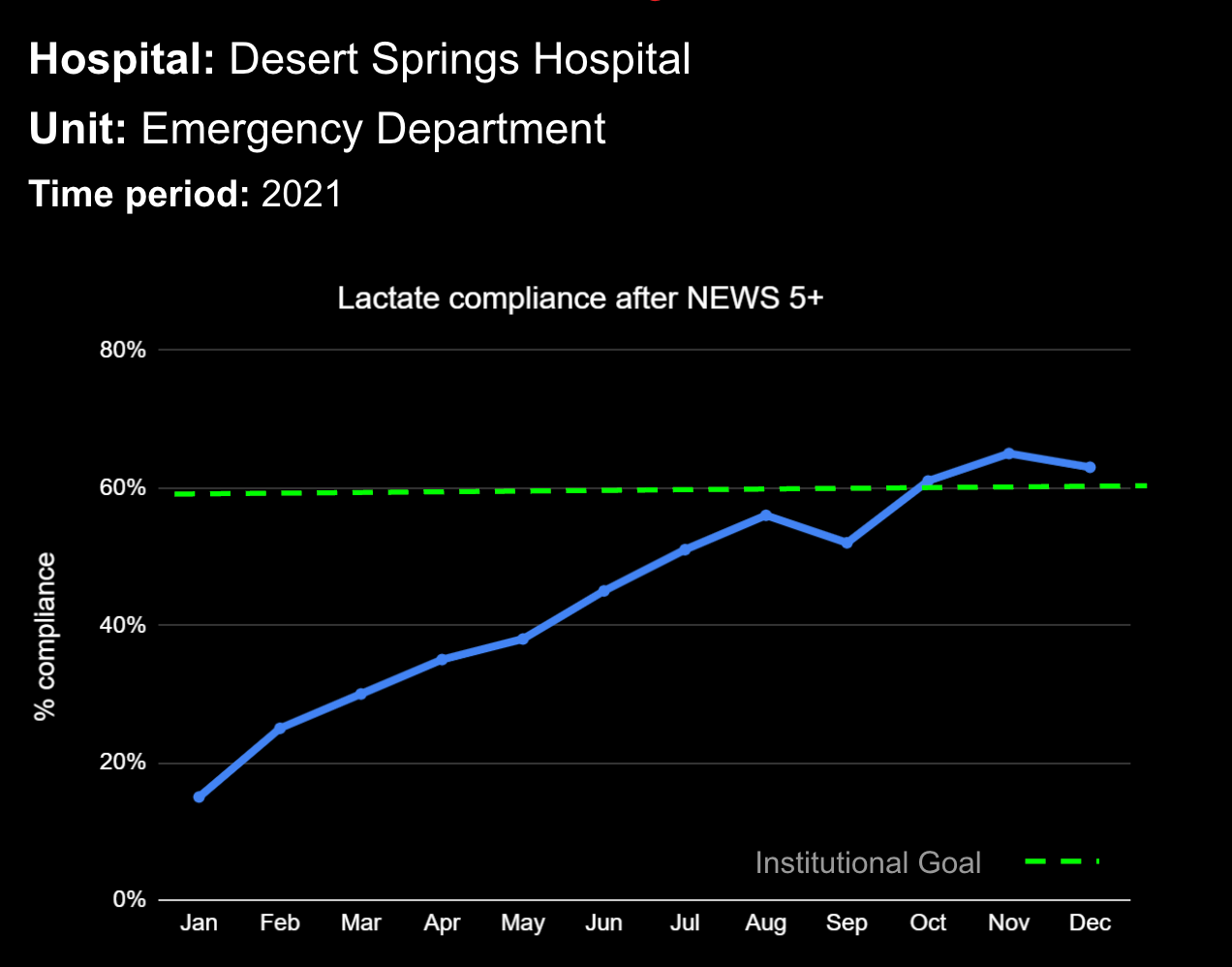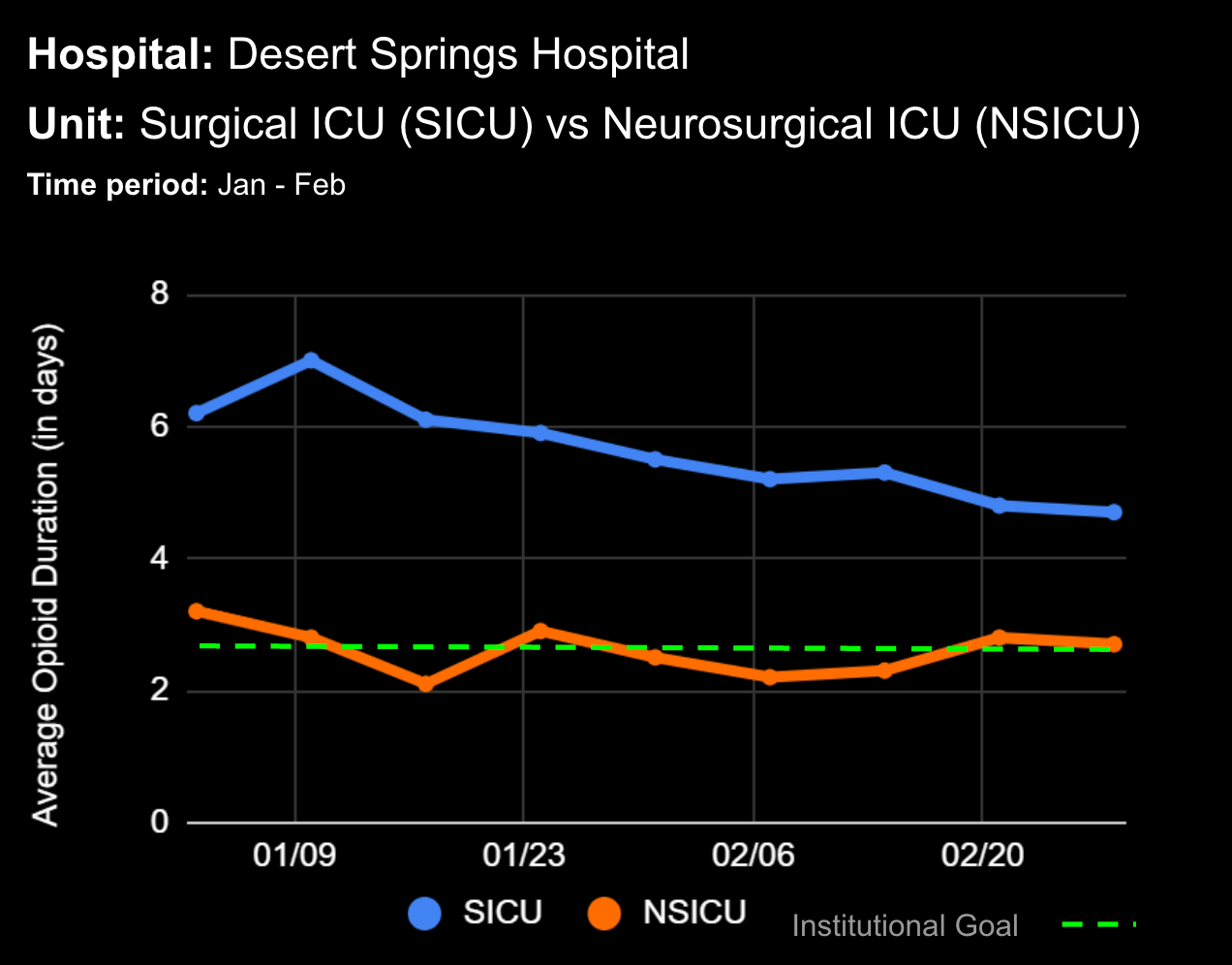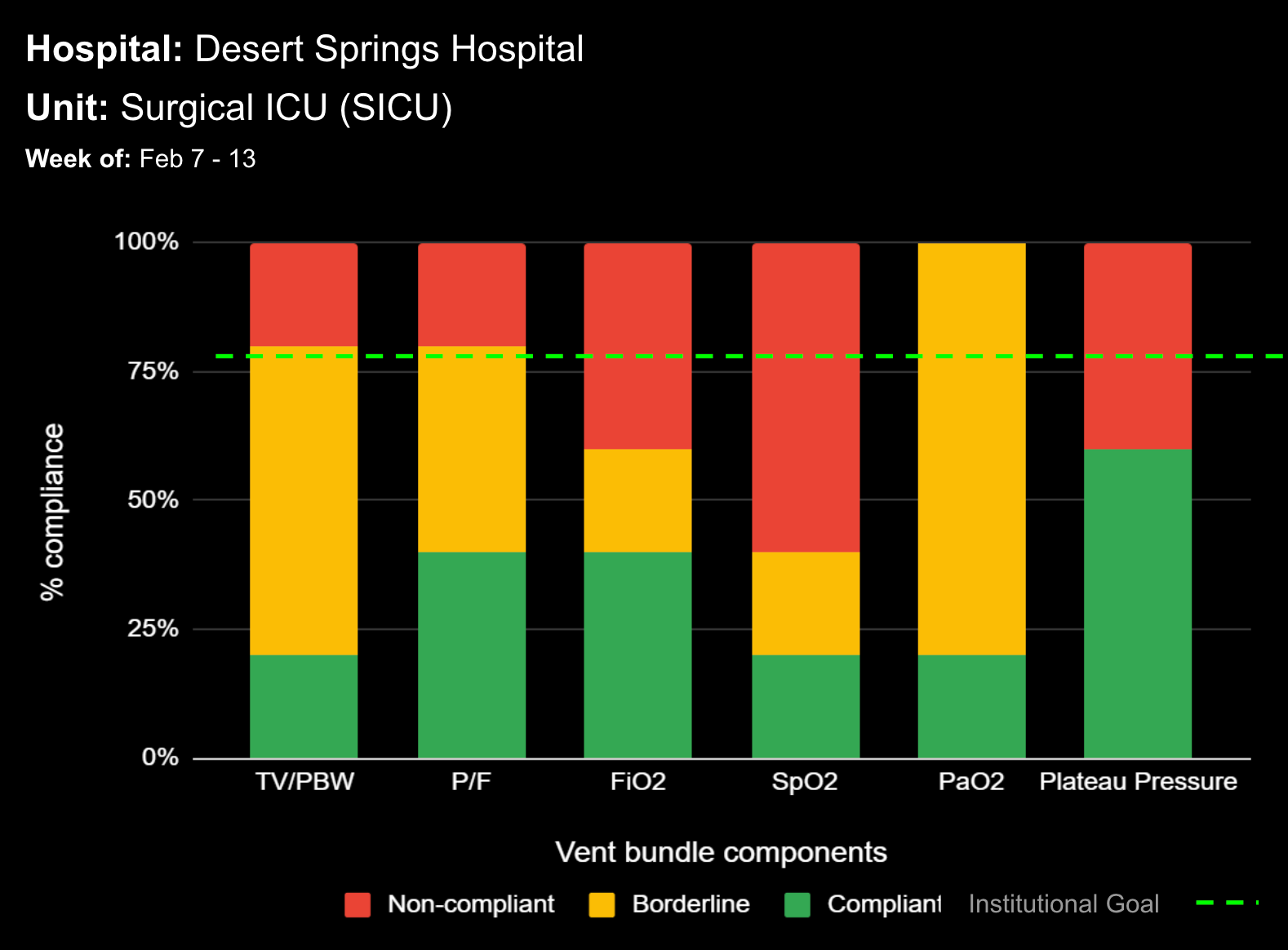
09 May Nursing Burnout and the Benefits of Virtual Nursing

Nursing Burnout and the Benefits of Virtual Nursing
In recent years, nursing burnout has escalated to a critical level, affecting the morale and well-being of nurses and ultimately impacting patient care. As the healthcare industry continues to evolve, virtual nursing has emerged as a viable solution to address the challenges of burnout by improving workflow efficiencies and reducing administrative burdens. Let’s explore the benefits of virtual nursing through insights from recent research and expert discussions.
Understanding Nursing Burnout
Nursing burnout, a state of emotional, physical, and mental exhaustion caused by prolonged stress, has been exacerbated by the COVID-19 pandemic, with nurses facing unprecedented challenges such as staffing shortages and overwhelming patient loads. A survey of over 20,000 U.S. healthcare workers found that nearly half reported symptoms of burnout [JAMA Network Open]. This situation has substantial financial and clinical consequences for healthcare systems. High turnover rates among nurses cost hospitals more than $40,000 per nurse due to expenses related to recruitment, training, and lost productivity. Clinically, burnout results in compromised patient care, manifesting as higher rates of falls, infections, and medication errors due to decreased focus and engagement. Health Services Research highlights how reduced empathy and higher rates of missed care impact patient outcomes. These cascading effects emphasize the need for comprehensive strategies like virtual nursing to alleviate burdens and improve patient outcomes.
The Role and Impact of Virtual Nursing
Virtual nursing is an innovative model that leverages technology to provide remote care and administrative support. This emerging practice allows nurses to engage with patients through telehealth systems, monitor their health data, and offer medical guidance virtually. According to NurseJournal, virtual nursing can reduce the workload of on-site nurses and offer greater flexibility. A study published in Health Services Research examined virtual nursing’s ability to mitigate burnout. The findings highlighted that virtual nurses help decrease work overload and administrative tasks thus enabling bedside nurses to focus more on direct patient care, improving job satisfaction and reducing stress. The increasing demand for virtual nursing jobs, as reported by CBS News, emphasizes the healthcare industry’s acknowledgment of this practice’s potential. Health systems nationwide are hiring virtual nurses to complement bedside care, providing new opportunities for experienced nurses to work remotely, and effectively manage patient care. Industry experts emphasize virtual nursing’s role in easing clinician burnout. Healthcare IT News reports that by handling routine tasks, such as planning, assessing, implementing, and evaluating a patient’s care plan, patient assessments, discharge education, and chart reviews, virtual nurses empower bedside staff to focus on high-touch care. This teamwork creates a more supportive environment, improving patient satisfaction and reducing nurse turnover.
Virtual nursing fortifies a healthcare workforce in crisis by reducing the mental and physical strain on nurses. mHealthIntelligence emphasizes that nurses can find a better work-life balance with flexible schedules, while health systems can maintain continuity of care by ensuring seamless coordination between virtual and bedside teams.Nursing burnout is a significant challenge, but virtual nursing offers hope. By embracing technology and restructuring workflows, healthcare organizations can better support their nurses, reducing burnout and fostering a healthier environment for care delivery.
Learn more About How we help clinicians improve patient outcomes
Schedule a call with our team to discuss how we are helping our clients revolutionize how clinicians manage patient interventions.





